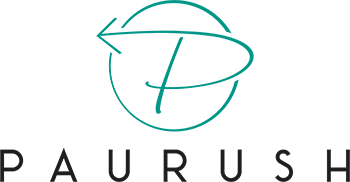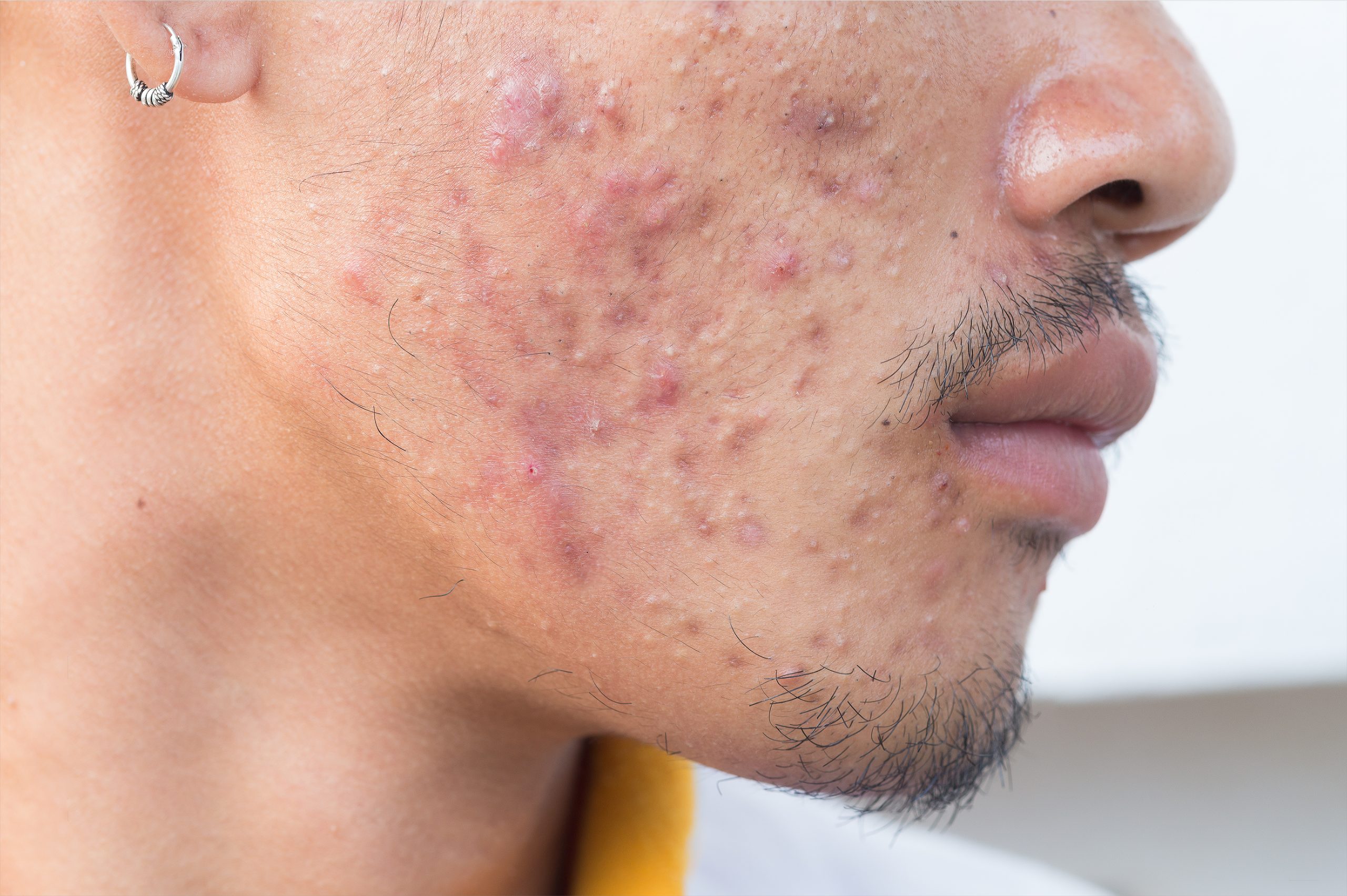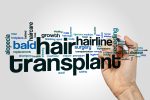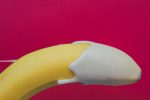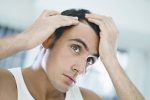Acne is a primary concern, especially to men in their 20s. Nevertheless, it would be wrong to suggest that men in adulthood don’t suffer from acne. It’s common during puberty and adolescence. Acne is an inflammatory skin condition that is caused by clogging of the skin pores, and it causes pimples and blemishes especially on the face, back, chest, and upper arms in men.
According to a research study, almost 80% of individuals in the age group of 11 to 30 years have an acne outbreak at least once. Individuals in their 40s and 50s also get acne, but the number is low. Sweat often worsens breakouts of acne in men, especially the back acnes; this is caused by exercising or hot weather.
Your skin pores are linked to the oil glands lying underneath the skin through the follicle. Oil glands are responsible for producing sebum, an oily substance. When these follicles get clogged, it leads to the outbreak of acne. And the reason why acne is common at puberty is the changes in hormonal levels. Certain hormones cause excess secretion of oil.
Commonly, acne does not have any serious health concern, but it can lead to significant emotional and psychological problems as it leaves acne scars even after healing. Scars are produced when an acne breakout penetrates the skin deeply and damages the tissues underneath the skin.
There are different types of acne and acne vulgaris is the most universal, with frequency in 99% of acne cases. Acne vulgaris is a common provocative skin disease characterized by inflammatory or non-inflammatory lesions. The frequency of acne vulgaris worldwide was about 681.2 million in 2016. By the end of the year 2026, the number of individuals affected by acne in India is approximated to reach 23 million.
CAUSES OF ACNE
Acne is a skin manifestation, and the precise cause of acne hasn’t been found; it’s been determined that certain things can trigger acne and even making it worse. This includes.
- Genes: most men whose dads had acne are more likely to have acne conditions.
- High humidity
- Medications such as steroids that lowers inflammation in the body- and anabolic steroids
- Those who are under medications such as lithium which is a treatment of bipolar disorders are like to get acne as this medication can cause acne.
- Hormonal: Androgens-sex hormones, especially testosterone- increase in boys during adolescence and can cause the follicular glands to enlarge and making them more sebum leading to acne.
- Cleaning or scrubbing your skin too hard.
- Squeezing or picking at existing pimples
- Improper cleansing of the skin and excessive use of cream and cosmetics frequently result in acne.
- In the case of shaving bumps that look like acne, this is caused by shaving mistakes or even ingrown hairs
ACNE SYMPTOMS
- Pustules – small red bumps with a white tip in the centre
- Whiteheads – closed plugged pores. These do not come out when squeezed.
- Blackheads – black bumps on the skin.
- Papules- small red and tender bumps
- Painful, pus-filled inflammation underneath the skin surface known as cysts
- Cysts – large pus-filled lumps under the surface of the skin. These cause spots and scars.
- Nodules – large and painful lumps under the surface of the skin.
ACNE PREVENTION
There are several self-care steps you can take to help prevent acne or even help heal and keep acne handy. You can try the following.
- Avoid squeezing or picking at pimples.
- Avoid touching your face with your hands, or even phone.
- Gently wash your face with warm water using a soft washcloth and mild facial cleanser
- For shaving bumps, it’s recommended to use an electric razor.
- Change your lifestyle; eat three meals a day, sleep 8 hours, and drink enough water daily.
- Open your pores by getting your blackheads removed during facial.
- Exfoliate your skin by using exfoliants and mild scrubs; they remove the upper layer of the skin and open your pores.
- Use antibacterial cleanser as these kills’ surface bacteria on your skin.
- For back acne, wear white and cotton T-shirts as they are suitable for your skin.
- When showering, use a sonic cleansing system with a changeable brush head for your back.
ACNE TREATMENT
Acne treatment can take several months depending on how severe it is. You need to see your dermatologist if you have severe acne or nodules or cysts as they need to be treated to avoid scarring.
A dermatologist might prescribe medicines that can treat acne include:
- Tretinoin and Adapalene are topical retinoids that fight bacterial infection, lessen oil production, and reduce inflammation.
- Benzoyl peroxide can effectively get rid of bacteria and dead skin cells that clog your pores.
- Azelaic acid works as antibacterial and gets rid of dead skin cells.
- Antibiotics like Erythromycin and Doxycycline
Your dermatologist might recommend a combination of medication and therapy or therapy alone. Such acne therapies include:
Light therapy such as intense pulsed light (IPL) therapy and photodynamic therapy
Chemical peel; used to remove damaged skin cells, revealing healthier skin. Involves chemical solutions applied to the area with acne-causing the skin to exfoliate and peel off.
Besides, acne star gel can be used to treat acne. It is a combination medicine used to treat acne. It reduces excess oil production, thus reduces inflammation. It also prevents the growth of microorganisms that causes acne. Helps prevent blackheads, whiteheads, pimple on the skin. It’s meant for external use.
FAQS
Will acne go away?
Mostly, acne will go away on its own, especially at the end of puberty, but some individuals struggle with acne in adulthood. Almost all acne can be successfully treated and controlled; however, it’s a matter of getting the right treatment.
What is the distinction between acne and pimples?
Acne is a disease or condition affecting the skin’s follicles, and oil glands while pimples are one of its symptoms.
